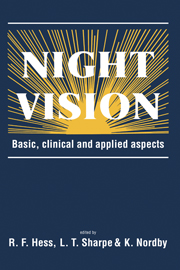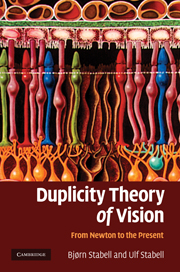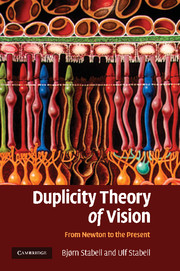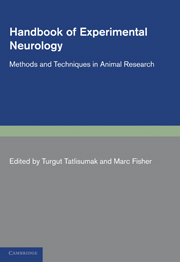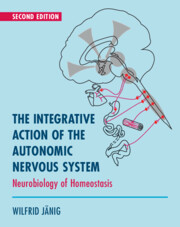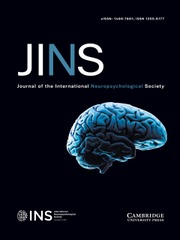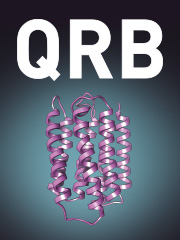Night Vision
Much has been discovered about the way our visual system copes with very low light levels. This detailed 1990 book describes the light and dark adaptation of receptoral and post-receptoral mechanisms from a number of perspectives. The authors emphasise the importance of the study of achromatopsia, a rare congenital condition in which the visual mechanisms that mediate day vision are absent whilst those that mediate night vision remain intact. There is also a comprehensive review of those ocular conditions which involve a loss of night vision. The final section of the book discusses the various types of nightviewing instruments presently available, against the backdrop of what limits night vision in normal observers. Contributions from many of the world's leading experts in vision research makes this unique volume essential reading for all those with an interest in night vision, including ophthalmologists, optometrists, neurologists, physiologists and psychologists.
Product details
September 1990Hardback
9780521327367
564 pages
228 × 152 × 29 mm
0.92kg
Available
Table of Contents
- Part I. Normal Vision Sensitivity:
- 1. Rod vision R. F. Hess
- 2. Light adaptation of the rods L. T. Sharpe
- 3. Physiological mechanisms of visual adaptation M. K. Powers, D. G. Green and J. G. Robson
- 4. Absolute sensitivity W. Makous
- 5. Dark adaptation: a re-examination T. D. Lamb
- 6. Invertebrate vision at low luminances S. B. Laughlin
- Part II. Achromatopsia:
- 7. Total colour blindness: an introduction L. T. Sharpe and K. Nordby
- 8. Vision in a complete achromat: a personal account K. Nordby
- 9. Clinical aspects of achromatopsia E. Hansen
- 10. The photreceptors in the achromat L. T. Sharpe and K. Nordby
- 11. Post receptoral sensitivity of the achromat R. F. Hess
- Part III. Clinical and Applied:
- 12. The loss of night vision: clinical manifestations in man and animals H. Ripps and G. A. Fishman
- 13. Aided vision at low luminances A. Van Meeteren.

